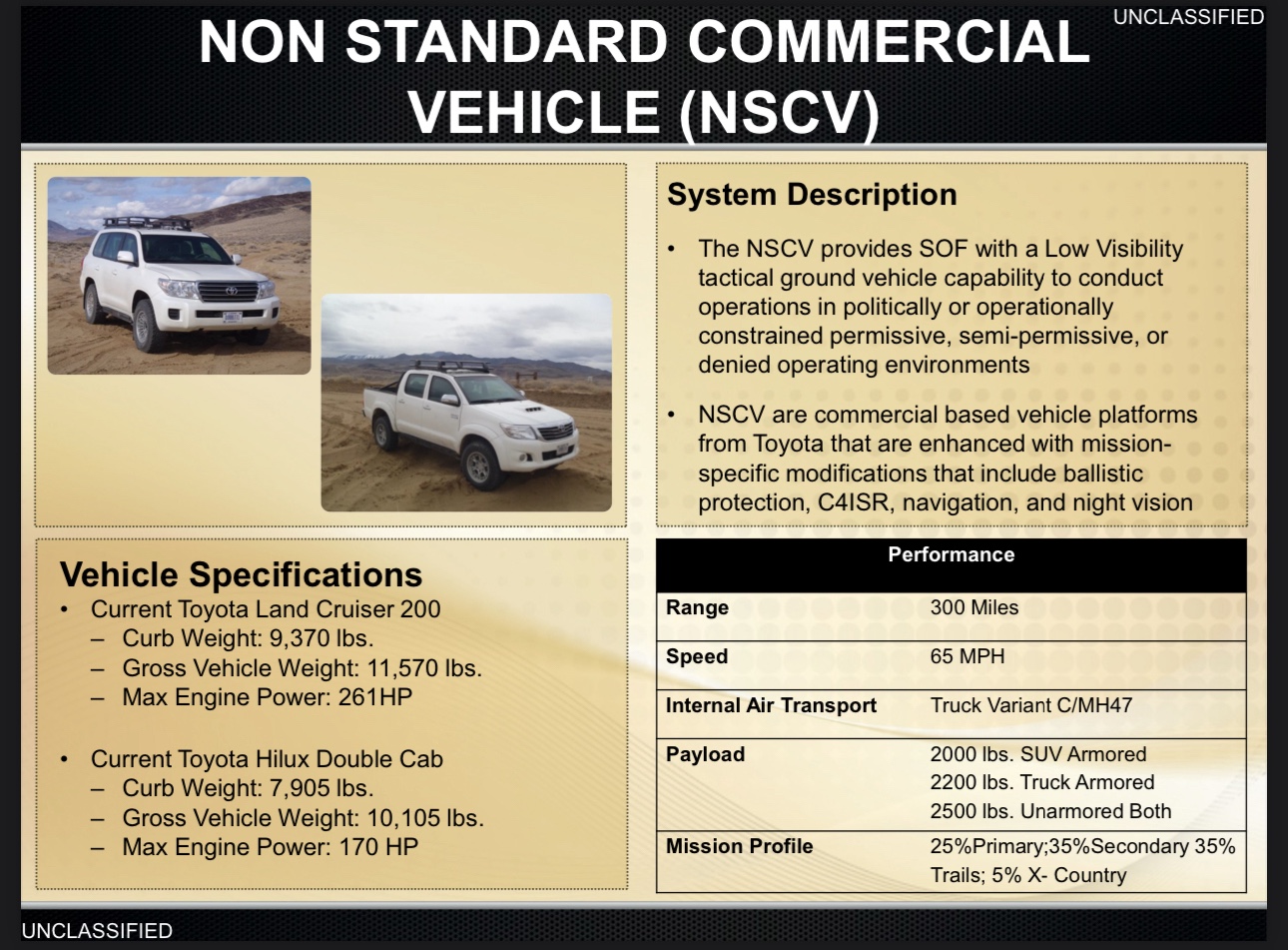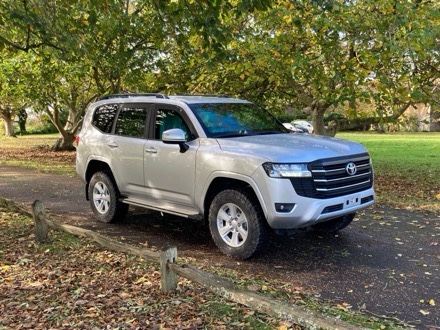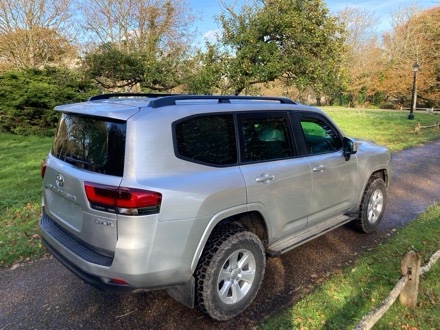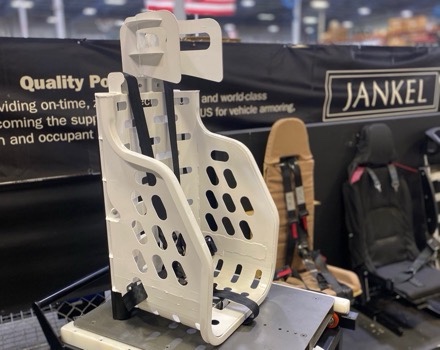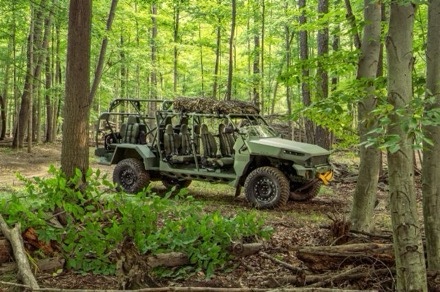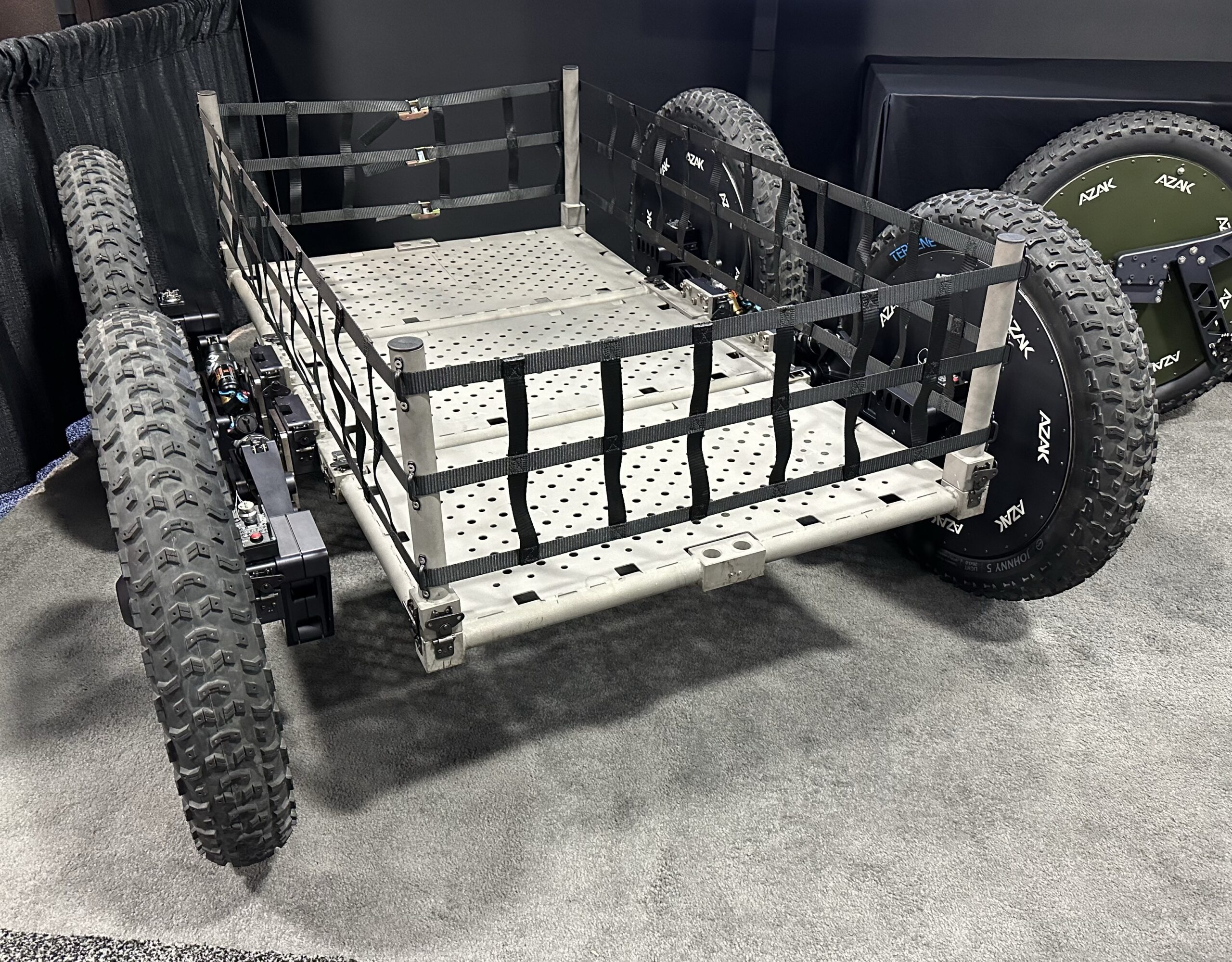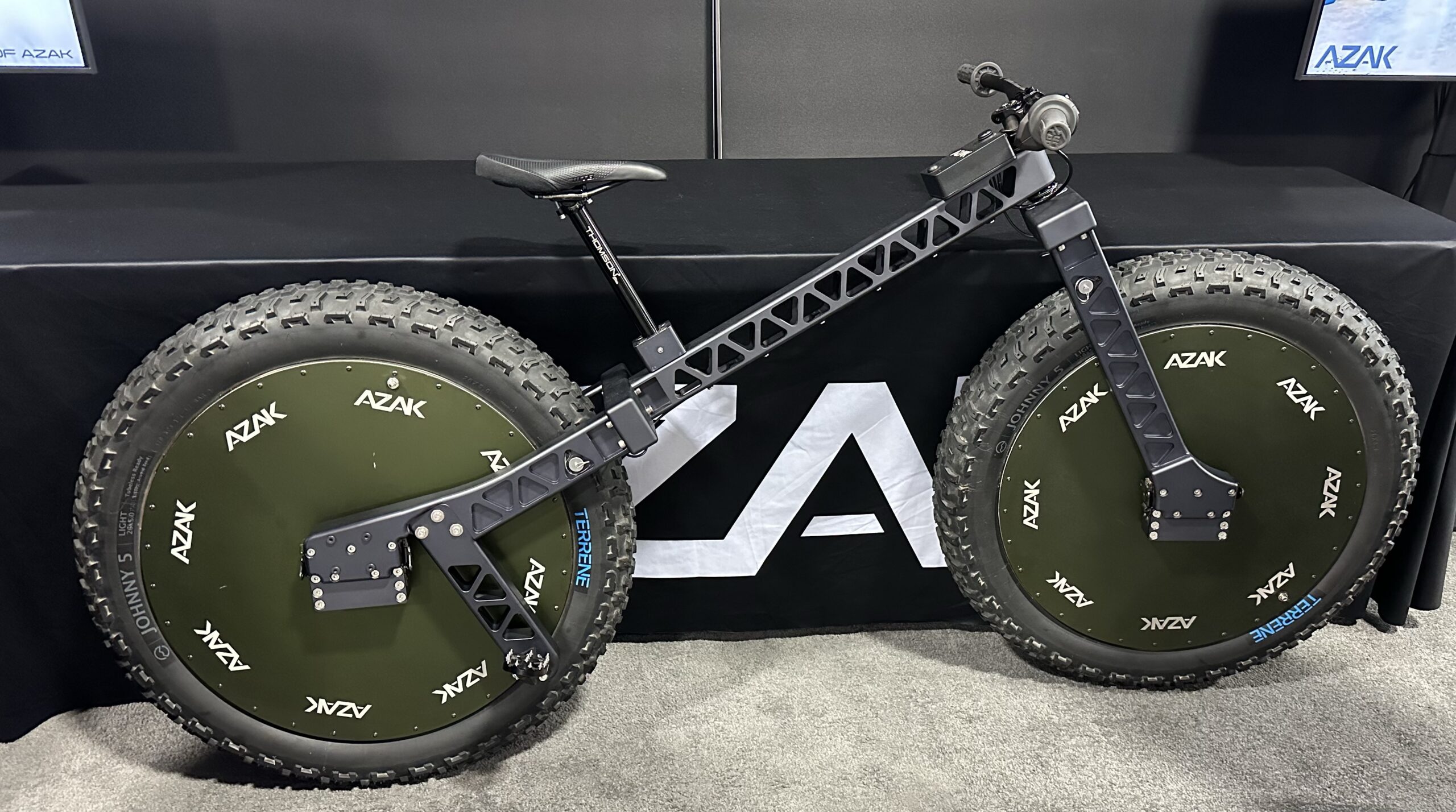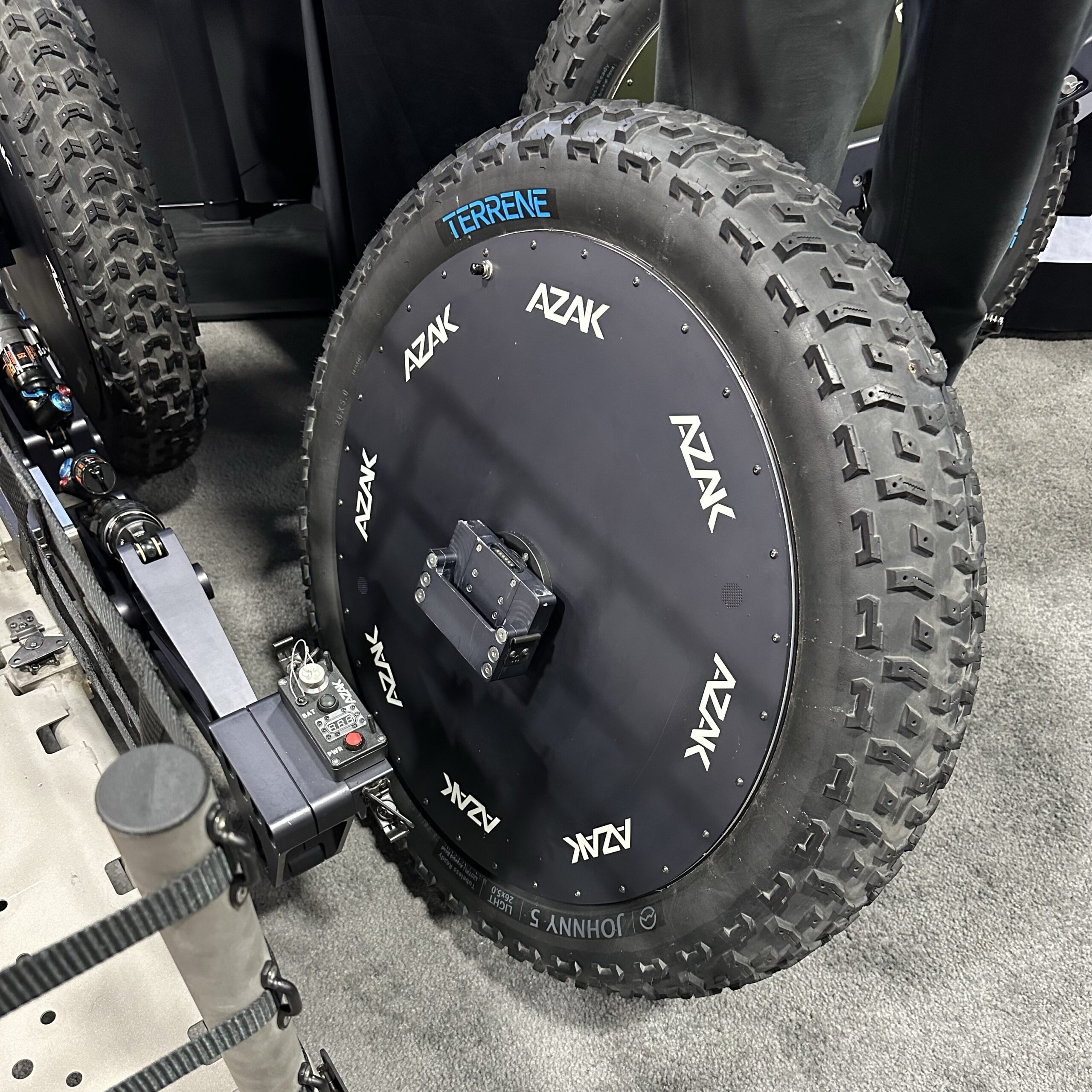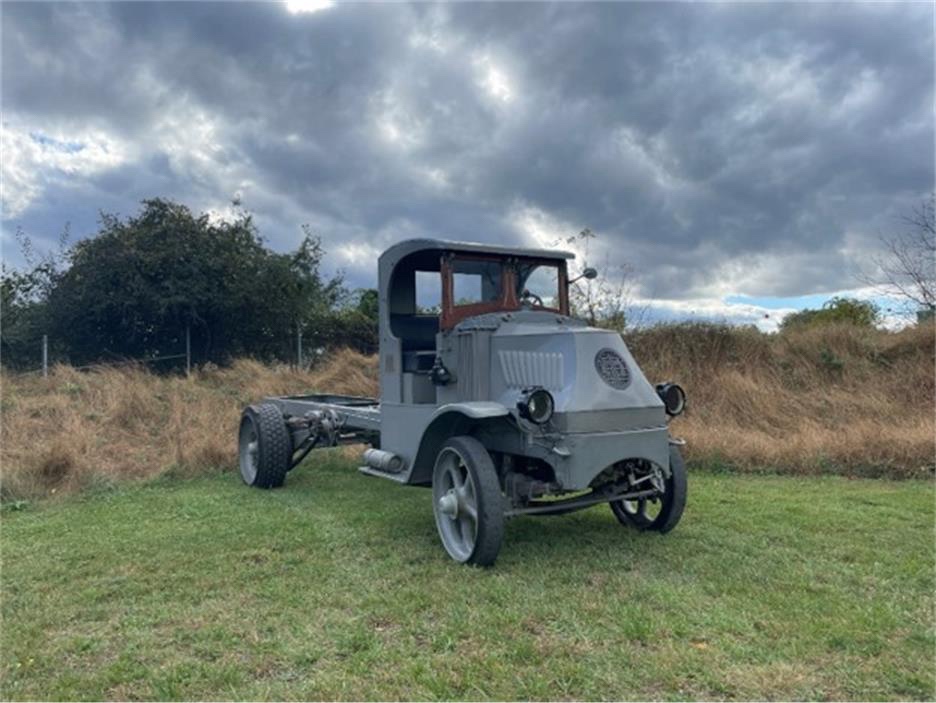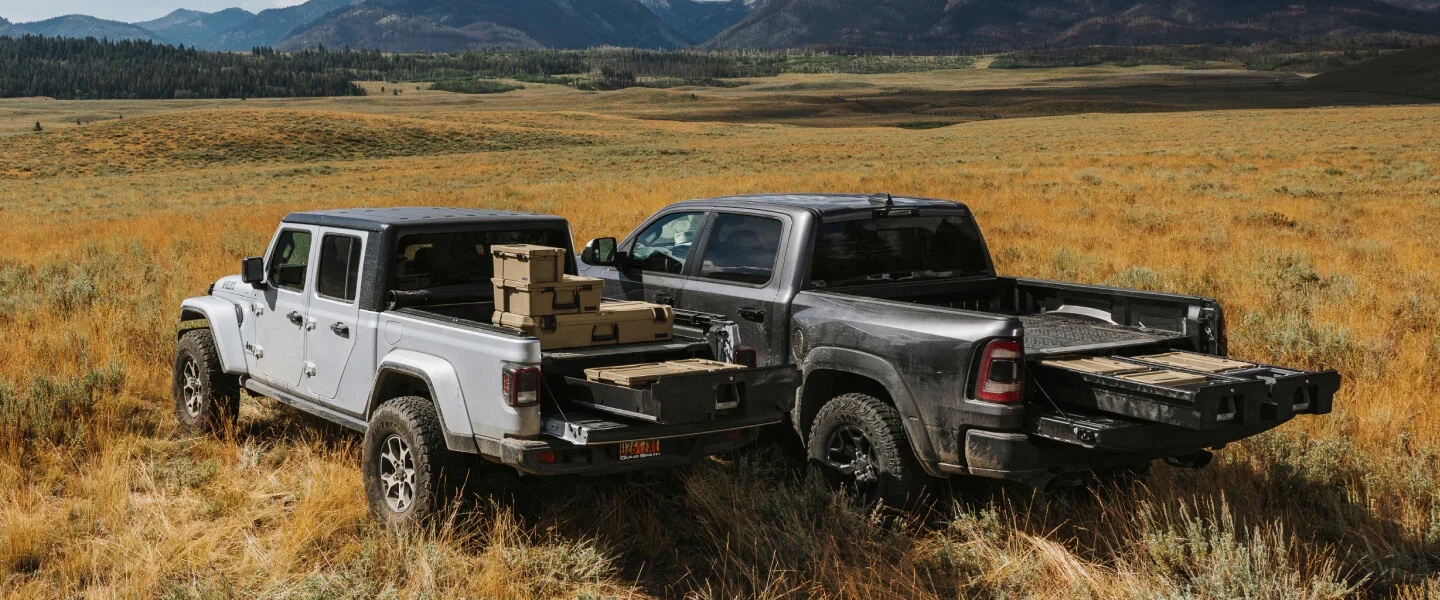
Complete redesign of award-winning truck bed storage system provides optimized storage and gear management for outdoor adventurers
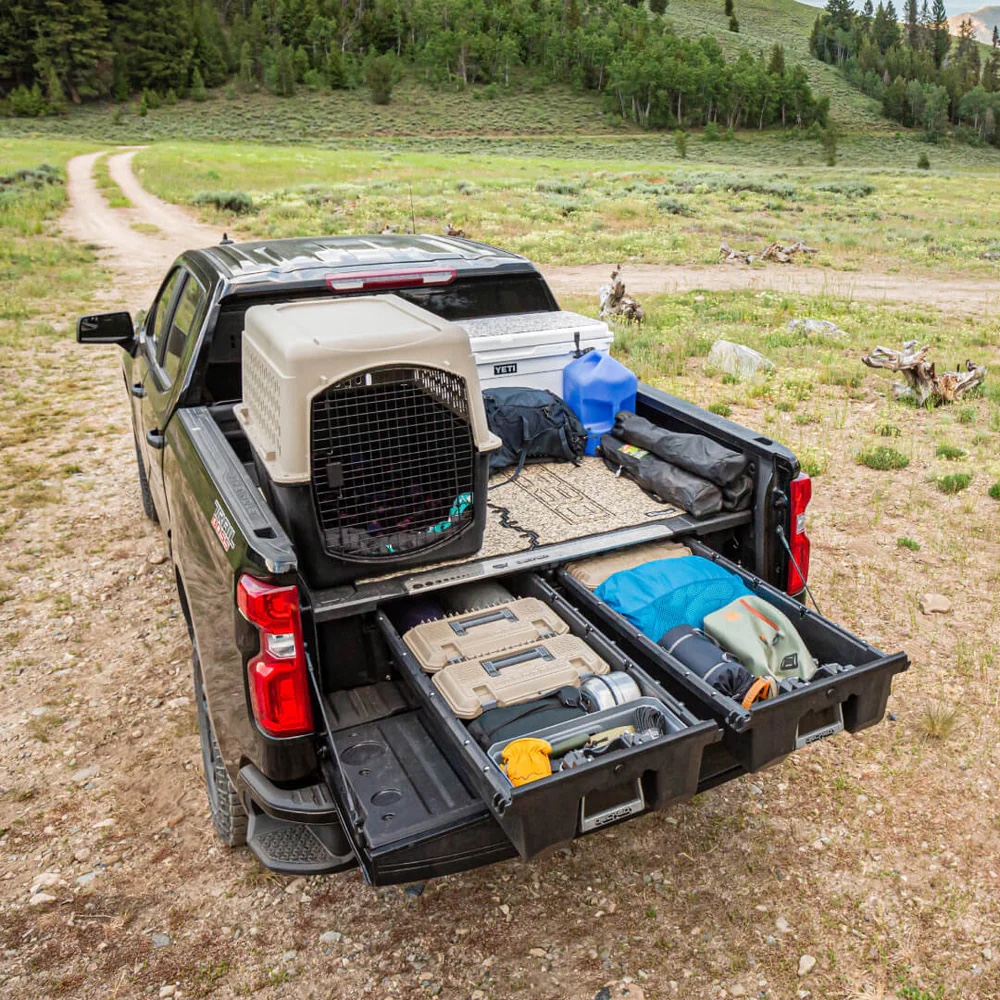
DECKED, manufacturer of premium, American-made storage and organization systems for mid to full-sized pickup trucks, unveils its second generation of drawer systems nearly a decade after transforming the disorganized chaos of truck beds with its first award-winning solutions in 2014. The upgraded systems were completely re-engineered to provide increased drawer storage capacity, more efficient use of truck bed space, increased drawer extension, and integrated cargo tie-down solutions. DECKED drawer systems create a flat load floor in the bed of the truck which is perfect for use as a sleeping platform or loading heavy objects like ATVs and motorcycles, and below the deck, full-bed-length weatherproof drawers efficiently secure gear, tools, and essentials for any adventure.
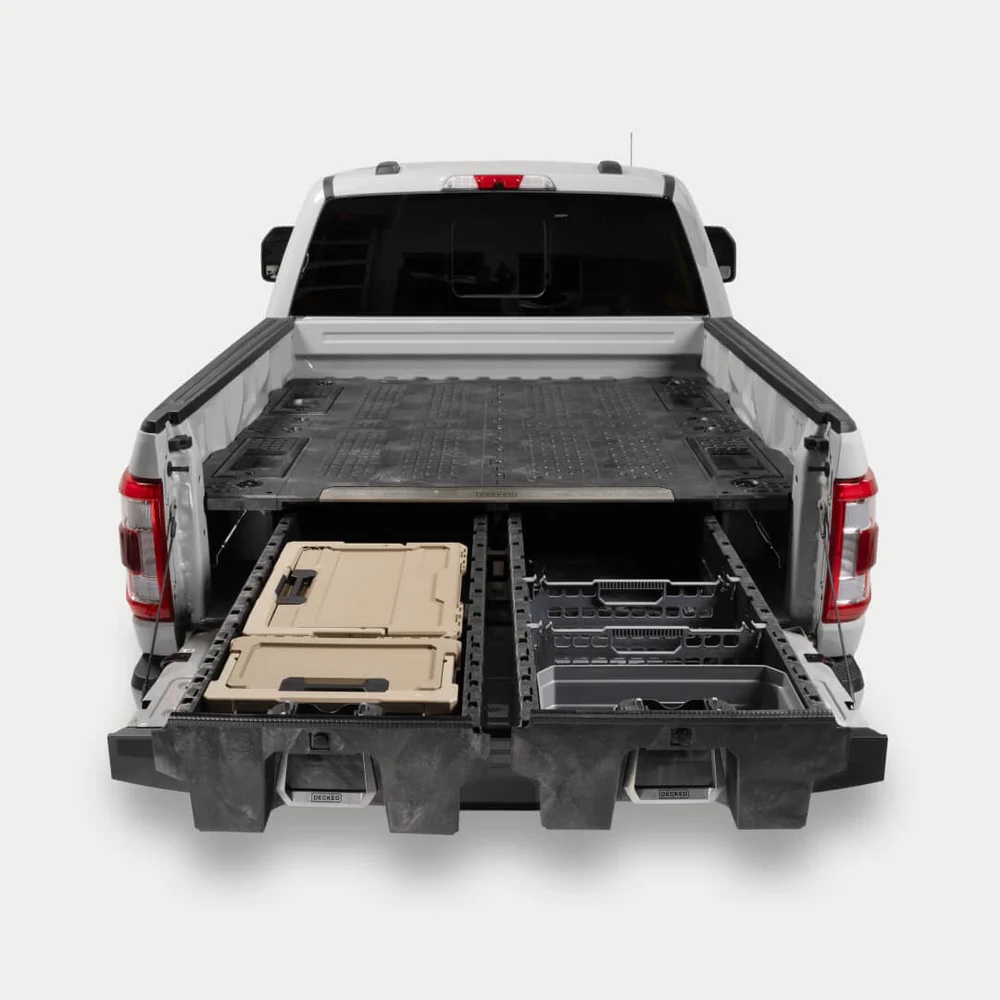
“After ten years of listening to the feedback from our most rigorous testers and critics, and constantly improving our products, it was time to scrap the old playbook and overhaul the design of our system from scratch,” said DECKED VP of Marketing, Greg Randolph. “DECKED’s new family of systems is a total redesign that uses new molds and tools as well as our very own in-house manufacturing. This is a huge leap forward for the customer and for DECKED.”
DECKED’s all-new drawer systems are offered in two distinct configurations: full-size pickup trucks and cargo vans and mid-size trucks. For the first time, the midsize drawer system isn’t a scaled-down version of the full-size and is completely re-envisioned to better suit the use cases and limited bed space of modern midsize trucks. Both of these offerings address and solve concerns around wasted bed space, drawer usage and function, weatherproofing, and cargo management. Additionally, new molding technology has improved impact resistance and durability by over 25-percent.
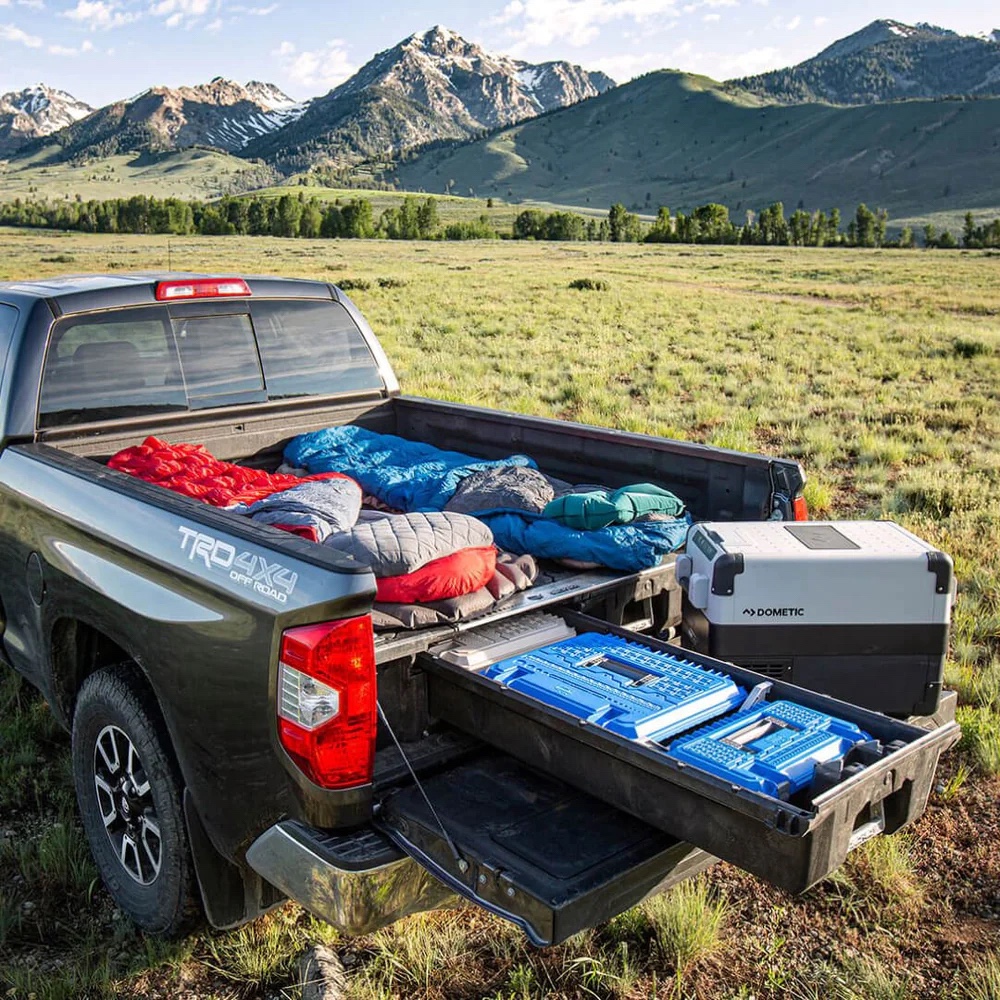
Full-size Truck Drawer Systems
Drawer Performance Improvements and Specs
Boasting the same 2,000-lb payload capacity and 200-lb per drawer weight rating, the full-size drawer system still weighs in at 200-220 lbs, depending on bed length. Focusing on drawer functionality, DECKED increased drawer extension, making reaching the back of an open drawer easy and practical. The drawer itself is noticeably larger at an 18-inch width with an updated square profile that increases volume by over 10-percent per drawer in a form factor more conducive to storing commonly shaped items.
Added Cargo Tie Downs
Addressing the complaint of the system covering bed tie downs, users will notice the addition of topside cargo tie downs integrated into the outbound edge of the deck of the system. Eight tie down locations (four per side) have been added with a D-ring tie down system, which lies flat and countersunk in the surface when not in use. These tie downs make a steel-to-steel connection with factory bed tie-downs for a 400-lb load rating. The drawer system still utilizes factory bed tie-downs for a drill-free installation in nearly all fitments.
Greater Truck Bed Space Efficiency, Increased Storage
Also new and vastly improved is the removal of corner bins called “Ammo Cans”, which formerly connected the system to the truck bed and offered small additional storage compartments. In their place, users will find an uninhibited pass-through to the wheel well both fore and aft outbound of the drawers. This not only enables storage of longer items, like camp chairs, but also makes access to side-mounted electrical outlets without any modifications possible, reducing wasted space in the bed to just the center support beam. These passthroughs are covered from above by waterproof and lockable stash bin lids. DECKED also includes four removable Stash Bins that lock into these openings from above and can be used or not in any of the four corner locations.
Enhanced Weatherproofing
DECKED has always been clear that its drawers are not Tupperware-tight, but very effective at keeping the elements out. Designers increased protection from the outside environment by adding cabside and drawer-side panels that enclose the drawers in a protective shield as well redesigning the drawer face to better seal against the elements. These additions vastly reduce the amount of air that can swirl around in the bed and possibly deposit dust or other airborne particulate matter into drawers.
Mid-Size Truck Drawer Systems
Complete Redesign
Seeking to maximize storage capacity and eliminate wasted space in the bed, DECKED created one “Super Drawer” to replace the two asymmetrical drawers previously offered. Reducing the system payload requirement from 2,000 lbs to 1,000 lbs more accurately reflects the use cases and capacities of modern mid-size trucks. It also enabled engineers to create the single Super Drawer with a 400-lb payload rating. The Super Drawer spans from wheel well to wheel well and runs the full length of the bed. With 30-percent more drawer storage capacity than previous versions, midsize customers will now have more than enough space for their tools, camping gear, or bug-out essentials. This drawer can also be reconfigured into a big sliding tray by removing the drawer sides for better access and storage customization with DECKED’s line of D-co Cases. Improvements in drawer extension were also realized with a 3.0-inch extension gain in 5.0-foot beds and 8.0 inches in 6.0-foot beds, leaving a scant 14 inches of the drawer supported under the deck when fully extended.
Maximized Efficiency
Similar to the full-size system, users will find that the “Ammo Can” corner bins have been deleted and in their place are two pass-throughs, one on each outbound side, reaching from the tailgate to the wheel well — and even beyond, in some fitments. Mid-size systems have two stash bin access ports, one on each side, which are also covered by a waterproof and lockable lid. Four Stash Bins come included for dropping into these locations as desired. On the cabside end, the system is fitted with two access ports that pop open to provide access to any space left unoccupied by the wheel wells outbound of the drawer.
Added Cargo Tie-Downs
The mid-size Drawer System features six burly 400-lb load-rated steel-to-steel bed tie-down locations atop the deck, three on either side. Just as in the full-size, cargo tie-downs are integrated into the outbound edge of the deck of the system using a D-ring tie down system. When not in use, these D-ring tie-downs lie flat, countersunk in the surface.
Enhanced Weatherproofing
Just as in the full-size update, increased protection from the outside environment has been realized by adding cabside and drawer-side closeout panels which wrap the drawers in a protective shield as well as a more effective drawer face seal against the elements. These additions vastly reduce the amount of air which can swirl around in the bed and possibly deposit dust or other airborne particulate matter into the drawer.
To learn more about DECKED and the second generation of drawer systems, visit: decked.com/products/decked-drawers
